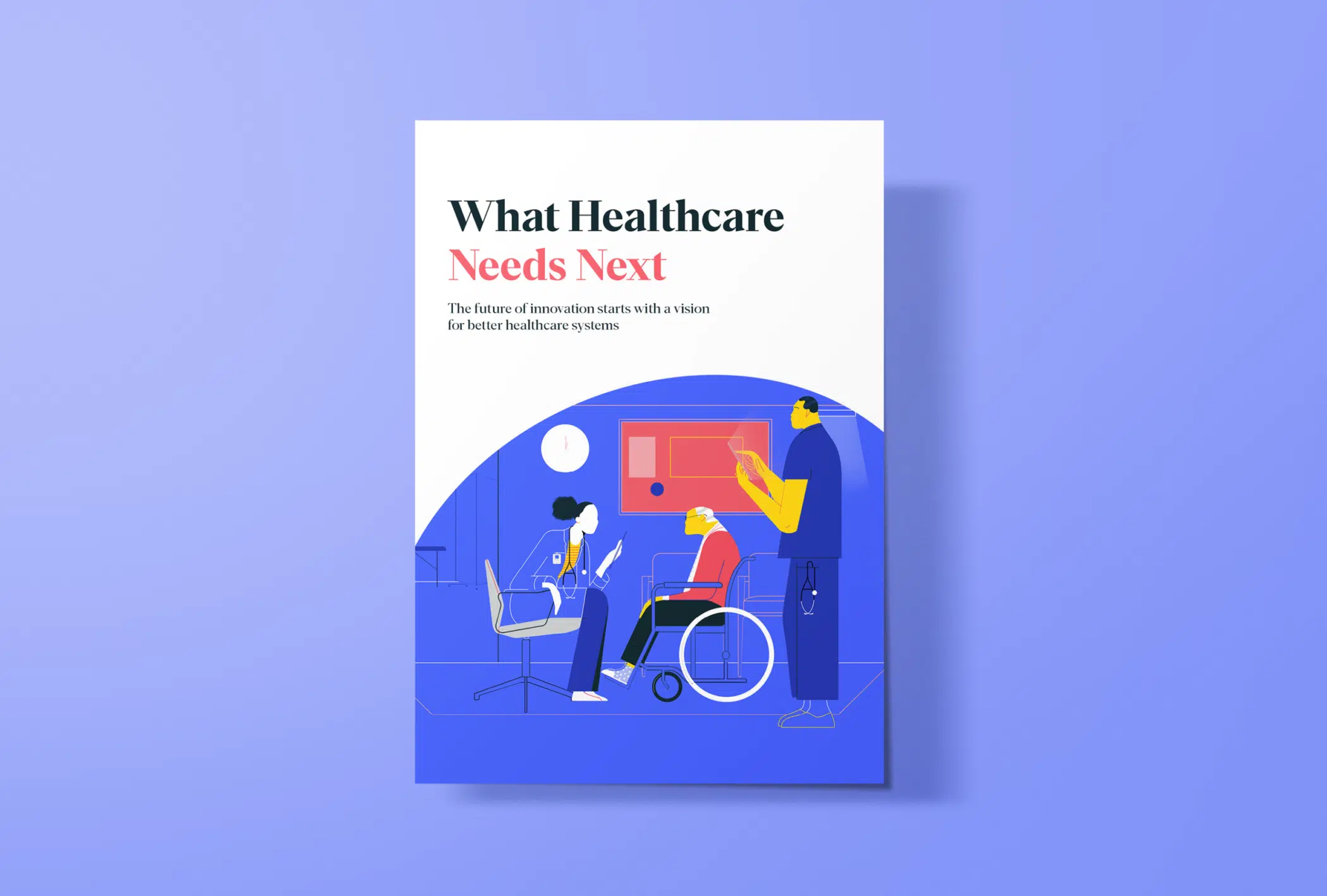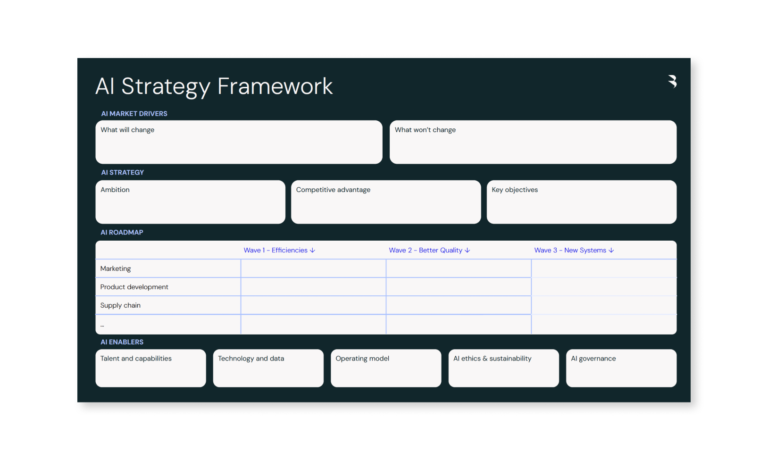Innovation strategies and business designs in the healthcare sector should start by imagining what a better future might look like – a future that is better for patients, providers, and the companies and other organizations that support them. This might seem like an obvious first step, but we still see far too many healthcare products, services, and businesses being launched that address the needs of the past, or that create a whole new set of problems which will sooner or later provoke hostile consumer, provider and public policy responses.
Companies often get stuck trying to solve old problems, even when they are no longer relevant, because those are the most familiar challenges, and because they are the ones that most closely draw upon their experiences and capabilities. So we aim to help our partners imagine a better future for healthcare as an essential first step towards helping them to define the role that they want to play in shaping that future (and removing barriers that could prevent getting there).
We imagine a future in healthcare that is…
Inclusive
All of the stakeholders in the healthcare system should be included in the innovation process, from the start, so that they all benefit. This is true not just for reinventing the big structural parts of the system, but also at the product and service level. Inclusive innovation will require new structures of cooperation among stakeholders (both public and private) so that the benefits go to those who need it most, rather than just to those who have the most money.
Accessible
Healthcare systems should be reinvented so that they serve everyone with the same quality and are easily approachable. This means that healthcare will need to get closer to people, by bringing care closer to where they live and work, reducing the complexity of systems, products and services, and reinventing the current business and care models to allow for more affordable treatments.
Proactive
For as long as any of us can remember, experts have advised that healthcare should be more focused on prevention than treatment. But our healthcare systems are still designed to treat sickness rather than to promote health. As a result, we have all been shaped to think of health as the absence of illness, rather than the consequence of taking preventive action. By now it’s clear that shifting to a focus on prevention requires behavioral shifts, not just among patients, but also from all of the stakeholders. For corporate stakeholders, that includes being smarter about behavioral design as part of their innovation plans and strategies.
Augmented
Technology can’t replace human interactions but it can extend them and make them more efficient and effective. Technology has reached a point where it can allow us to reach everyone everywhere in real time and collect data in different forms. Science has also made significant progress in developing new treatments. What’s needed next? The capabilities to adopt these innovations so that they serve their intended purposes. This includes technology literacy, new ways of working, new infrastructure and even new clinical protocols.
Holistic
The design of improved healthcare systems, products and services should start with a better understanding of people in all their dimensions, not just the physical and clinical ones. Healthcare systems,products, services, interactions and experiences should all be designed with mental and emotional health as integral components. They should also account for social determinants (factors such as income, education and employment) so that intended solutions compensate for existing gaps and consider these social and economic contexts from the start.
By imagining a better future in all of these dimensions as a first step in an innovation strategy or business design, we can be confident that there will be a market to support the new solutions and that we are on a path towards creating positive change in people’s lives.
Check out some of our thoughts on 5 things we must to do to improve the US healthcare system.



